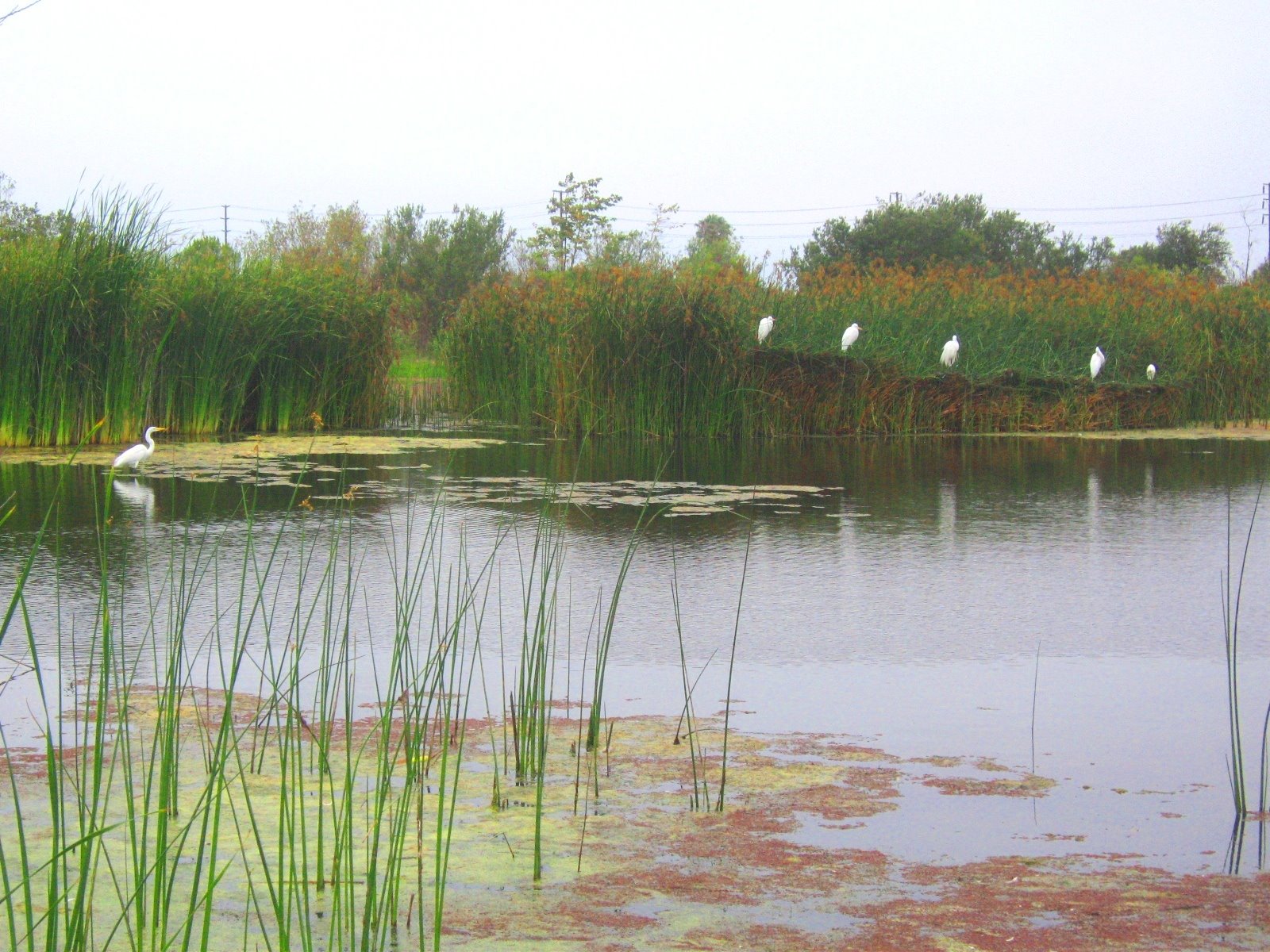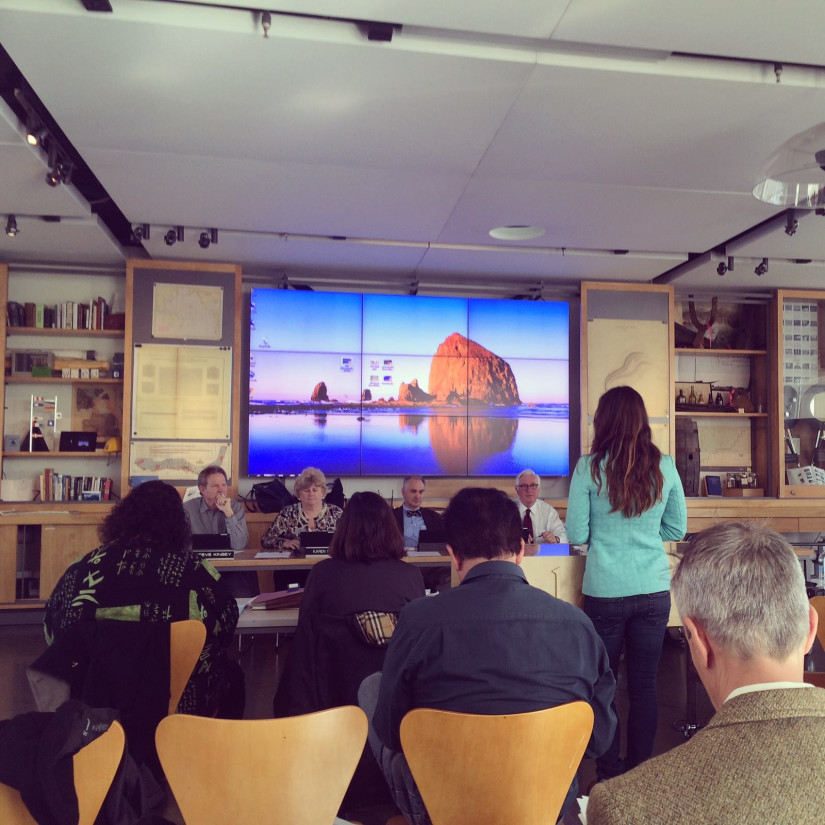
Ballona Wetlands. Image courtesy of Southern California Wetlands Recovery Project (WRP)
Thank goodness for the hard work of all these players, because the coastal wetlands of SoCal didn’t always have a unified voice representing their vital importance to environmental and human health. The WRP was created in 1997 to coordinate regional communication between public agencies, NGOs, scientists, and community members who had a vested interest in Southern California’s wetlands. Many people held little hope for the parceled wetlands that remained in the rapidly developing region of Southern California. Fast forward nearly 20 years later, and the future of Southern California’s wetland resources is much brighter. The WRP has been working hard to acquire and restore rivers, streams, and wetlands in coastal Southern California.
During my fellowship, my main task was to create and facilitate a stakeholder committee of wetland professionals from all over Southern California. This committee began working with WRP scientists and policy experts to coordinate restoration planning efforts, so that their individual wetland restoration projects simultaneously benefit the larger, regional Southern California coastal wetland landscape. This all sounds a bit jargon-y but simply put, I had to plan a bunch of meetings to get my committee people in a room and figure out how to get everyone speaking the same language, so that WRP policy makers, scientists, and local wetland professionals could all communicate about the best way to coordinate their wetland restoration projects.
The most important aspect of creating this stakeholder committee was, of course, deciding on a name for the group. The WRP is already chock-full of committees doing important work, including the SAP (Science Advisory Panel), the WMG (Wetland Managers Group), the BOG (Board of Governors)...to name a few. Clearly, when you are establishing committees, one of the first skills you need to develop is the ability to invent acronyms.

Santa Barbara wetlands. Image courtesy of Cheadle Center for Biodiversity and Ecological Restoration, UC Santa Barbara
I knew early on that this would be a defining moment for me during my fellowship… would my acronym be accepted into the common vernacular of the WRP? Had all of my years of expensive schooling prepared me for this pivotal moment in my marine policy career? With the help of my fearless Coastal Conservancy WRP supervisors, I finally settled on my committee name... The WAG -- Wetlands Advisory Group. It was the ideal committee name-- descriptive of the group, simple, and it reminds me of dogs WAGging their tails, and I love dogs! And coastal wetlands.
The proudest moment of my fellowship was when a member of my committee introduced himself as the newest “WAGster” and it was then that I realized my wildest dreams had come true--my acronym had stuck. I had really made it in the marine policy world. My inner Leslie Knope was glowing! #committees #acronyms #hashtags
Shout out to my WAGsters -- Thanks for all your hard work this year!

(Santa Barbara County) Marine Science Institute at UCSB, South Coast Habitat Restoration, Coastal Restoration Consultants, Channel Islands Restoration, UCSB CCBER, Santa Barbara County, City of Santa Barbara (Ventura County) Ventura Hillsides Conservancy, The Nature Conservancy, Mugu Lagoon at NBVC (Los Angeles County) Resource Conservation District of the Santa Monica Mountains, NOAA, Santa Monica Mountains Watershed Council, Everest Consultants, Moffatt & Nichol Consultants, Catalina Island Conservancy (Orange County) Orange Coast River Park, Amigos de Bolsa Chica, Newport Bay Conservancy, Trout Unlimited, California Coastal Commission, Upper Newport Bay, Orange County Water District (San Diego County) San Diego CanyonLands, USFWS Refuges, San Elijo Lagoon Conservancy, Los Penasquitos Lagoon Foundation, Nordby Biological Consultants, California State Parks, San Diego Audubon
Written by Jocelyn Enevoldsen



